Interview with Amadou Malé Kouyate, coordinator of the Treefood project, which aims to contribute to food security and the fight against malnutrition by improving the sustainable management and use of local edible trees and shrubs in sub-Saharan Africa (in Benin, Burkina Faso, Mali and Niger).
What are the main results of your project?
The inventory of traditional knowledge made it possible to list the five local tree and shrub species that are priorities in the fight against malnutrition in the four African countries hosting the project. Two species were selected per country for the project’s research activities:
Adansonia digitata and Irvingia gabonensis in Benin
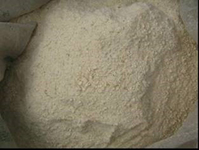
- Adansonia digitata Powder
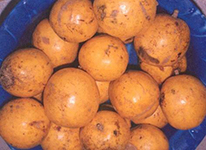
- Irvingia gabonensis fruits
Saba senegalensis and Ziziphus mauritiana in Burkina Faso
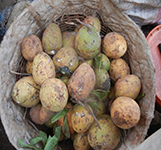
- Saba senegalensis fruits
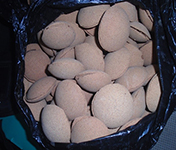
- Ziziphus mauritiana biscuits
Balanites aegyptiaca and Ziziphus mauritiana in Niger
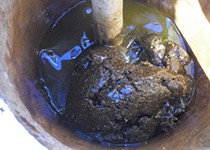
- Balanites aegyptiaca oil
Saba senegalensis and Borasus aethiopum in Mali.
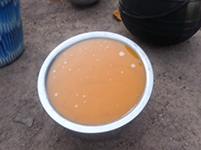
- Borassus aethiopum juice
These species have been targeted according to the socio-economic importance of their fruits and processed products for local communities and the potential for adding value to them.
Consumption patterns, feeding habits, local conservation strategies and constraints on the use of the selected species were documented.
The physico-chemical characteristics of 100 local food tree and shrub species and 31 local oilseed species were compiled. The physico-chemical and nutritional characteristics (proximal composition, mineral and vitamin A and C content, antioxidant capacity and anti-nutritional factors) of the edible parts and products derived from the selected species were evaluated. Food formulas enriched with the edible parts of the selected species for vulnerable people (children, pregnant women) were proposed.
The value chain of the edible parts of the selected species by country was characterized and mapped. Profitability indicators showed that the collection of these species is a profitable activity in the four African countries. The number of processing units for these species in the different study areas varies from 4 in Niger to 19 in Benin, 6 in Burkina Faso and 15 in Mali.
The results on the stand-level of these species showed significant differences in structural parameters between the populations of the different climatic zones. These selected species have a high regeneration potential: Irvingia gabonensis in Benin, Balanites aegyptiaca and Ziziphus mauritiana in Niger, Z. mauritiana in Burkina Faso, Saba senegalensis in Burkina Faso and Mali. All of these species reproduce well per seed. With the exception of Borassus aethiopum, all the selected species are well suited to grafting and aerial layering, a guarantee for the sustainable conservation of genetic resources. Our work makes it possible to advise the use of pulped seeds of Saba senegalensis before sowing (77% germination). The established allometric equations allow us to successfully predict the fruit production potential of Ziziphus mauritiana on the basis of the dendrometric parameters of the plants: ln(Y)=-4.05+0.87ln(DxH²) and ln(Y)= -2.62+0.48ln(D²xDmh) respectively for the Sahelian and Sudano-Sahelian zones in Burkina Faso (Y=fruit production, D= diameter at 1.3m from the ground, H=foot height and Dmh=average crown diameter).
At least one innovation platform has been created per African country. The results have been promoted through technical sheets, videos, dissertations, doctoral theses, courses given in educational structures and the website www.arbrefruitiers.blogspot.com.
How is your project (and/or approach) innovative?
The project draws its essence from taking into account local forest species, even climatic ones, in the fight against malnutrition. It is justified by the fact that these species are the only plants that contain minerals, vitamins and trace elements necessary to maintain the health and growth of human populations. Moreover, the project has adopted a holistic and participatory approach on the one hand, and on the other hand, multidisciplinarity and diversity of institutions given the complexity of the problem.
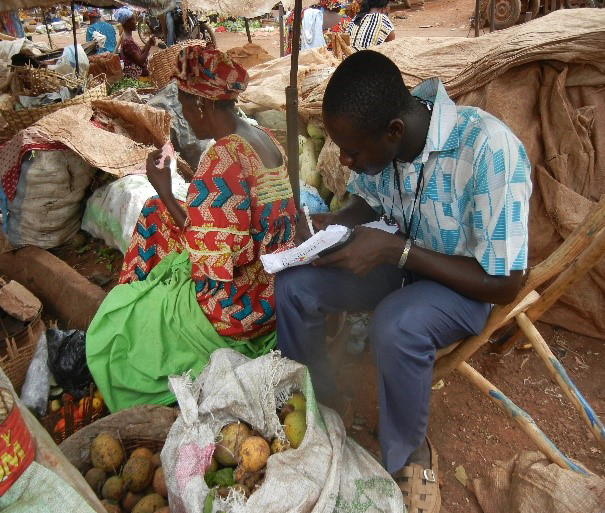
Coordinator
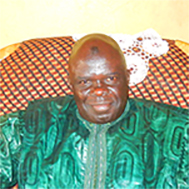
Dr. Amadou Malé Kouyate, Research Director, Forest Management Specialist Director of the Sotuba Agricultural Research Centre, Institute of Rural Economy, Bamako, Mali